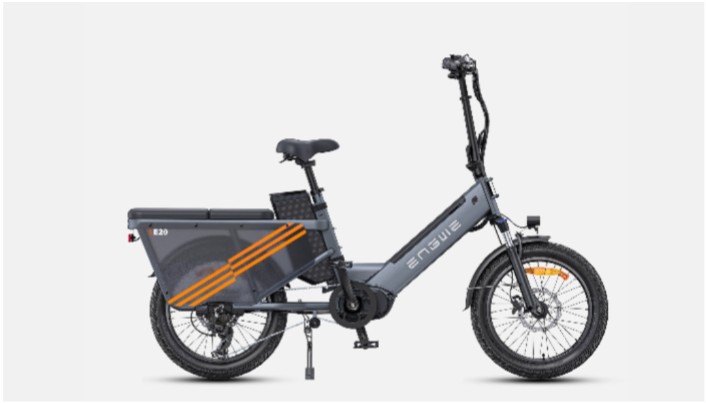
Travel means something different to everyone. For some, it’s about breathtaking views, historical landmarks, or thrilling adventures. But for true foodies, travel is about one thing above all: the food. It’s about tasting the world one bite at a time, seeking out flavors that tell a story, and discovering dishes that make a trip unforgettable. For those who live to eat, travel becomes a journey of the senses.
And when it comes to feeding your wanderlust and your appetite, Pigeon Forge, Tennessee, hits the sweet (and savory) spot. With a mix of Southern comfort food, global cuisine, quirky local eateries, and scenic spots to enjoy your meals, this mountain town offers a culinary playground that delights even the most seasoned food lovers.
In this article, we’ll share smart, practical travel tips to help you eat well on the go. From planning where to stay to finding hidden dining gems, we’ll make sure your next trip satisfies your cravings every step of the way.
Stay Smart: Location Matters
Where you stay affects how you eat. It’s not just about being near the attractions, but being near the food. In a place like Pigeon Forge, where you’ll likely be spending your day hopping between amusement parks, hiking trails, and shows, it’s best to book a place that keeps you close to the good stuff. For instance, you can find some of the most unique restaurants in Pigeon Forge, like Smokies Cuban Cafe near Alpine Chalet Rentals. Picking a spot that’s near great restaurants cuts down on driving time and maximizes your chance of eating something amazing without going out of your way.
But there’s another perk many travelers overlook: having access to a kitchen. Many cabins in Pigeon Forge come with fully equipped kitchens, which gives you options. Maybe you’re short on cash after splurging on a fine dining night. Or maybe you just want to stay in after a long day. Being able to cook a simple breakfast or late-night snack saves money and adds a layer of comfort and flexibility to your trip.
Plan Meals Around Local Events and Hours
Traveling means adapting to a new pace, and that includes when and where you eat. Local restaurants often have different hours than what you’re used to. Some of the best places might be closed on Mondays, while others only serve lunch. It’s always worth checking restaurant hours in advance. If you’re visiting during a festival or holiday, dining spots may be crowded or require reservations. Planning around these details can be the difference between enjoying a signature dish and missing out entirely. A quick check on Google or the restaurant’s social media page can save you a lot of disappointment.
Balance Indulgence with Light Bites
One of the joys of being a foodie traveler is trying everything. But after a few days of heavy eating, your body might start to protest. It helps to pace yourself by mixing indulgent meals with lighter options. If you go all out with a rich breakfast, consider grabbing a fresh salad or smoothie for lunch. Balancing meals keeps your energy levels up and ensures you won’t miss out on the next big bite just because you’re too full from the last one. In places like Pigeon Forge, there are plenty of casual cafes and juice bars tucked between the hearty diners and smokehouses, so you won’t have to sacrifice flavor for something lighter.
Ask the Locals—Always
No guidebook can match the insight of someone who lives in the place you’re visiting. Locals know where the best dishes are, often tucked away from the busy tourist spots. Don’t hesitate to strike up a conversation with your barista, tour guide, or shop owner. Ask them where they eat on a day off or what spot they’d recommend to a friend visiting for the first time. You’ll often end up at places with better food, smaller crowds, and more authentic experiences. In a town like Pigeon Forge, where tourism is big, these insider tips can help you uncover food gems that might not show up in your search results.
Travel with a Snack Kit
Even the most well-planned foodie trip has its gaps. Maybe you’re in between meals, on a long scenic drive, or waiting in line for a show. That’s where having your own snack kit comes in handy. Stock it with easy, travel-friendly bites—things that don’t spoil fast and don’t require prep. Granola bars, trail mix, jerky, dried fruit, or even nut butter packets can be lifesavers. It’s not just about hunger, either. Having snacks means you can keep your schedule flexible. You don’t have to rush into the nearest diner just because you’re starving—you can wait for the spot you really want to try. This is especially useful when exploring a place like Pigeon Forge, where the best meals might be a short drive or hike away.
Take Notes (and Photos!) for Later
When you’re trying new dishes every day, it’s easy to forget the name of that amazing spice blend or that unique dessert you swore you’d never forget. That’s why it helps to jot things down as you go. Whether you’re using a notebook, your phone’s notes app, or snapping pictures of menus and meals, keeping a mini food diary turns your trip into a lasting resource. These notes come in handy later when you’re craving a dish or trying to recreate it at home. Plus, sharing those photos with friends or on social media is a great way to inspire others to visit the same spots.
Try Something You’ve Never Had Before
A big part of food travel is stepping outside your comfort zone. Maybe it’s ordering something you’ve never heard of, trying a new preparation of a familiar ingredient, or exploring an entirely different cuisine. It’s not about loving everything you try—it’s about the experience. That’s how you discover unexpected favorites or gain a new appreciation for regional flavors. In places like Pigeon Forge, you’ll find a mix of traditional Appalachian cooking, Southern fusion, and unexpected global influences. Let your curiosity guide you. You might not fall in love with every bite, but you’ll return with richer stories and a more adventurous palate.
Traveling as a foodie is about more than just eating well—it’s about connecting with the culture, people, and stories behind every dish. A well-planned foodie trip is equal parts curiosity, flexibility, and intention. Whether you’re sampling street food in a small mountain town or sitting down for a chef-crafted tasting menu, each bite tells a story.
Just remember that great travel memories are made not just by the meals you enjoy but by how they become part of your journey. So wherever you go next, go hungry—but more importantly, go prepared. Your taste buds will thank you.



